Greetings, book and treat people! Once again, I am burning up with rage and grief today. It doesn’t really go away. The sustained attacks on bodily autonomy that we’re currently experiencing—the pending repeal of Roe v. Wade, the waves of legislation criminalizing health care for trans youth—are utterly terrifying.
I was transcribing quotes into my commonplace book last night, and was struck by these words from Audre Lorde, which I had underlined when I read The Cancer Journals earlier this year:
We can learn to work and speak when we are afraid in the same way we have learned to work and speak when we are tired. For we have been socialized to respect fear more than our own needs for language and definition, and while we wait in silence for that final luxury of fearlessness, the weight of that silence will choke us.
Like so many of us, I am doing my best to speak through the fear. It is spring where I live, and I’ve been holding onto the softness of new buds and tiny violets. I hope you’re all finding some time to take care of yourselves. Thank you for being here with me in this little bookish newsletter.
Today is the last of my Best of the Backlist series. I hope you’ve enjoyed this trip through beloved books from years past. It’s been fun to revisit some of my favorites!
The Books
Peter Darling by S.A. Chant (Romance, 2017)
This is one of my favorite romances ever. It went out of print for a little while, but it’s been reissued, and I could not be happier, because now I can resume telling everyone I know to read it. It’s a trans retelling of Peter Pan, and, in addition to the wonderful romance, it’s one of the smartest, most inventive, most expansive retellings I’ve ever read.
As a child, Peter Pan escapes to Neverland so that he can be himself, instead of Wendy Darling, the girl his family sees him as. He builds a life in Neverland with the Lost Boys. But after a while he decides to try the real world again, and returns to his family. This all happens before the book opens. When it begins, Peter, a grown man, has decided, once again, to return to Neverland. He’s had enough of the transphobic world. He’s tried to make it work, and it isn’t working. So he goes back to the one place that always felt like home. But Neverland, to his dismay, is not how he remembers it. The Lost Boys don’t seem to need him anymore. The only person who seems truly happy to see him is Captain Hook. Soon things between Peter and Hook get complicated. Old feelings, new feelings, buried feelings—all the feelings bubble up to the surface.
Peter Pan strikes me as an inherently queer story. It’s about the possibilities of escape and world-building. It’s about finding a place to belong outside of rigid morality and narrow societal norms. It’s about chosen family. Neverland has its own rules, its own code of ethics, its own particular language. Chant digs into all of that and expands it. Queer subtext becomes queer text. Of course Peter is trans. Of course Wendy Darling is someone who doesn’t really exist. Of course Peter and Hook fall in love. It all makes so much sense to me. It’s books like this that make me thankful for the classics—this feels like the story Peter Pan was meant to be.
It’s a romance, so Peter and Hook’s relationship is the central plot. But there’s also a lot of action and adventure and magic and coming-of-age angst. It’s not a breezy, happy story—it’s just dark enough to feel real. There are so many layers in it. The characters, and the worlds they create (sometimes literally) are so complicated. Peter and Hook carry a lot of trauma from their pasts. Peter, in Neverland, is impulsive and violent and full of toxic masculinity. Hook is somewhat more self-aware, but he also embodies a version of himself he doesn’t really like. Chant gives them the both the space to work through all of this so thoughtfully, so that we actually get to see healing happen. It’s remarkable.
This is a story about growing up and claiming your identity and choosing who (and how and where) you want to love. The ending is perfect. Gives me chills perfect. Still get shivers thinking about it perfect. Lives rent free forever in my brain perfect. Will never forget it perfect. I think I’ll go reread it now.
Escaping Exodus by Nicky Drayden (Science Fiction, 2019)
Sci-fi fans, rejoice—I finally have a sci-fi rec for you! I love a good space opera. I love sci-fi that delves into colonialism and patriarchy and power and the triumphs and shortcomings of future societies. This book is all of those things! It is deeply queer. The main characters are queer, but so is the society itself. It is also very strange, and there is a lot of body horror. Get ready.
The story is set at some distant point in the future. Humans abandoned earth long ago, and now live inside giant space beasts that serve as ship, home, and sustenance. Though these beasts provide people with everything they need to live, they are still mysterious to their inhabitants. Nobody has bothered to learn anything about them—where they come from, who they are, where they’re going. People don’t treat them like living creatures. They treat them like ships, and food, and houses. They use a beast for as long as they can, mining it for resources until it eventually dies. Then they prepare a new one for habitation, and the cycle starts again.
The society is matriarchal and stratified. Seske is the heir to the matriarch of the ship. Her best friend Adalla is a beast-worker. Beast-workers, who keep the beasts alive and running, are basically grunt laborers. They have few rights, and the ruling class treats them terribly. As they prepare a new beast for habitation, Seske and Adalla get caught up in some thorny politics. There’s obviously a lot of tension in their relationship, and Drayden dives right into it, tackling class injustice, privilege, and the uses of power and violence. Adalla is a fiery radical and I especially loved her family of beast-worker friends and revolutionaries.
This book is about a lot of things, but at heart it’s a story about bodily autonomy. It’s very messy and often gross. It takes place inside a body, after all. Drayden describes that body with beautiful and gruesome detail. There is a lot of muscle and bone and blood and bodily fluids of all kinds. These details are crucial, not only to the plot, but to the deeper story, to the questions Drayden ask through her characters: what does it mean to live inside a body, and for bodies to live inside bodies? What is a body? Who decides? It’s a book about the violence of control, and the stories people tell themselves to avoid seeing others as fully human—or sentient. It might be a book about giant space beasts, but, like most brilliant sci-fi, it’s really about us and our mistakes and what they cost.
I picked this up because of KJ Charles’s review, which I recommend reading. I also loved the sequel, Symbiosis, which is even weirder and queerer, if that’s possible.
A Cup of Water Under My Bed by Daisy Hernandez (Memoir, 2014)
This is a stunning memoir about queerness and language and family and money and all the complicated realities that shape lives: places, borders, stories, faiths, neighborhoods, foods. Hernandez is a queer Cuban Colombian American writer, and she infuses the stories in this book with all the pieces of herself. She makes space for contradictions, for change and growth, for grief, for confusion, for laughter.
It's split into three sections. The first deals mostly with language, particularly the ways that Spanish and English shaped Hernandez's childhood and understanding of herself. The second is mostly about queerness. She writes about coming into herself as a bisexual woman, the complicated ways queerness intersects with her other identities, and how her queerness has changed her relationship with family. The third section is mostly about money and work. I loved the honesty and openness of this last section.
Within each section, she jumps around in time, telling stories from her childhood, teen years, and young adulthood. Instead of getting to know her chronologically, from childhood to adulthood, we get to know her thematically. She returns, again and again, to the most meaningful moments and places and people in her life. Though each section has a specific focus, they’re all connected. Stories don’t have endings, and this is a memoir that wrestles with that uncertainty. It loops and spirals through time and memory, building on itself, weaving a complicated narrative about Hernandez's particular experience as a queer Latine woman, a writer, the child of immigrants.
The prose is stunning. At times it reads like a poem. It is full of gorgeous details, surprising images, connections between disparate ideas that made me think about something in a new way. Hernandez creates space for all of her truths to simply sit on the page: she lays them out, and lets them grow.
I highly recommend reading this gorgeous review by Sharon Velez Diodonet.
The Bake
Rhubarb is here! I will now be baking all the rhubarb things for the foreseeable future. Predictably, the first rhubarb dessert I made is adapted from my new favorite cookbook, Snacking Cakes. It’s a winner. The sumac adds a lovely almost-savory richness to the whole cake that goes perfectly with the tart rhubarb.
Rhubarb Almond Crumb Cake
The original recipe uses AP flour, which I swapped out for cornmeal and almond flour. It is heavenly! But if you’re not into that, use 160 grams (1 1/4 cups) AP instead. I also added sliced almonds to the crumb, and though I stuck with the vanilla extract in the original recipe, if I were doing it again I’d use 1/2 tsp almond extract instead, to enhance the almondy goodness.
Ingredients
For the crumb:
63 grams (1/2 cup) all-purpose flour
50 grams (1/4 cup) light brown sugar
23 grams (1/4 cup) rolled oats
20 grams (1/4 cup) sliced almonds
2 tsp dired sumac
pinch of salt
4 Tbs (55 g) unsalted butter, softened
For the cake:
zest of 1 lemon
150 grams (3/4 cup) light brown sugar
2 eggs
165 grams (3/4 cup) sour cream, yogurt, or quark
1 stick (113 grams) unsalted butter, melted
1 tsp vanilla extract or 1/2 tsp almost extract
1/4 tsp salt
40 grams (1/4 cup) cornmeal
120 grams (1 1/4 cups) almond flour
1/2 tsp ginger
1 1/2 tsp baking powder
1/2 tsp baking soda
150 grams (1 1/2 cups, 2-3 stalks) rhubarb
Preheat the oven to 350. Butter an 8-inch round pan and line it with two pieces of overlapping parchment paper so that it overhangs on two sides. Butter the parchment. This is a sticky cake, so be sure to butter the pan well, including the sides.
Make the crumb: combine the flour, sugar, oats, almonds, sumac, and salt in a small bowl. Add the butter and mix with your fingers to evenly distribute until it forms big, moist crumbs. Set aside.
Make the cake: Thinly slice the rhubarb stalks. I like the rhubarb to fall apart in the cake, so I aim for 1/4-inch thick slices. If you like bigger chunks of fruit, cut them closer to 1/2-inch thick.
Zest the lemon into a large mixing bowl and add the brown sugar. Mix with your fingers until fragrant. Add the eggs and whisk until pale, foamy, and thickened, 1-2 minutes. Add the sour cream, melted butter, vanilla or almond extract, and salt. Whisk until smooth.
Add the remaining dry ingredients and whisk until just combined. Fold in the rhubarb and finish mixing with a rubber spatula.
Pour the batter into the prepared pan and scatter the crumb evenly on top. Bake for 50-60 minutes, until golden brown, and a tester inserted in the center comes out clean. Set on a wire rack and cool in the pan for 15-20 minutes. Run a knife along the edges, and then use the parchment to lift the cake out of the pan. Serve with ice cream, whipped cream, or plain.
The Bowl and The Beat
The Bowl: Spring Cooking Inspiration
Are you sick of hearing me talk about how uninspired I’ve been in the kitchen? Me, too! I asked around for cookbook/cooking channel recommendations last week and got some great suggestions. Then I spent a few hours watching cooking videos and realized how badly I’ve been craving meals that are not my go-to dishes. I’m tired of cheesey pasta + veg. I’m tired of roasted cauliflower and sausage. I’m tired of frittatas. I’m tired of all the things I make when I’m too tired to cook, and because I’m tired of them, I don’t cook, and then I get even more tired, which makes me grumpy, and the cycle repeats.
Then I made two amazing dishes I had never made before and it totally rocked my world and changed my attitude. I know I am probably the last person to realize how awesome cooking videos are, but: they are awesome! When you live alone, you have to do everything yourself. I plan meals. I make shopping lists. I shop. I unpack the groceries. I do all the prep. I do the cooking. I wash the dishes. I put away the leftovers. I don’t mind doing these things. I genuinely love cooking. But it’s a lot, and it’s exhausting. So it was extremely soothing to just press play and have someone else tell me exactly what to do. I’m feeling excited about cooking again for the first time in weeks!
So here are the two dishes I made— so simple and so delicious.
Cashew Chicken from Pailin Chongchitnant’s Hot Thai Kitchen
This is a very basic stir-fry that took maybe 30 minutes from start to finish. Pal’s videos are wonderful, too. She explains why she’s doing what she’s doing and how the different ingredients work together to create flavor. It’s riveting, honestly. I watched a bunch of videos just for fun before actually doing any cooking.
Butter Paneer Masala from Chetna Makan’s Food with Chetna
I’ve loved Chetna since she was on GBBO, and I even have one of her cookbooks! But I’d never watched any of her videos and I don’t know why because she is such a delight. Her videos are homey and down-to-earth and most of them are for simple dishes like this one, which basically involves blending up a bunch of stuff to make a sauce and then simmering some cubes of paneer in it. This curry is rich and buttery and creamy and full of wonderful spices. I ate it for four meals in a row and wasn’t sad about it.
The Beat: Matrix by Lauren Groff, read by Adjoa Andoh
Because sometimes you just want to read a book about 12th century nuns. Seventeen-year-old Marie is tossed out of the court of Eleanor of Aquitaine and sent to a convent in England, which is a far cry from the cushy life she’s used to. That’s as far as I’ve gotten, but I’m completely enamored of the writing, the narration, and Eleanor’s steely, prickly, proud certainty in herself.
In other audio news: I have been listening to romance audiobooks before going to sleep (it’s very calming), an excellent strategy that failed me on Monday when I stayed up absurdly late to finish Love, Hate & Clickbait by Liz Bowery. If you’re looking for a very funny, very endearing, very enemies-to-lovers political romance, I highly recommend it. Michael Crouch does a great job with the narration, as always.
The Bookshelf
A Picture
Yes, this is a photo of a pan of spices, which has nothing to do with books. It’s the big batch of garam masala I made last week so I can start cooking my way through Chetan’s Healthy Indian.
Around the Internet
On Book Riot, I wrote a piece in praise of the overwritten.
Now Out
Hurray! Bad Girls by Camilla Sosa Villada, translated by Kit Maude, is now out!
More Best of the Backlist
A few books from my Best of 2019 Shelf: Whipping Girl by Julia Serano (nonfiction); The Gods of Tango by Carolina De Robertis (historical fiction); and In Other Lands by Sarah Rees Brennan (YA fantasy).
The Boost
The National Network of Abortion Funds is holding a webinar tonight (Wednesday May 11): Building Power with Abortion Funds.
I bought a bunch of these stickers.
This is a useful, easily searchable list of abortion funds in every state + some additional resources.
As always, a little bit of beauty to send you on your way: I have been watching the leaves unfurl, and it is magic.
And that’s it until next week. Catch you then!




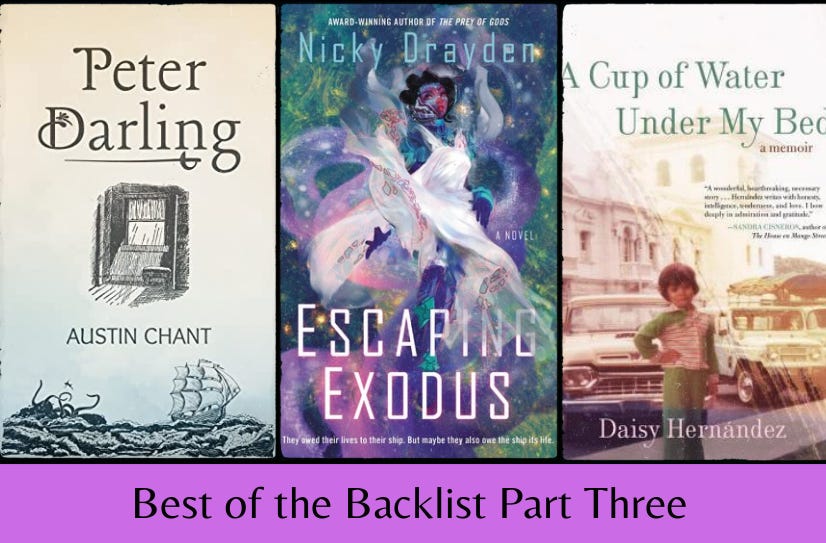
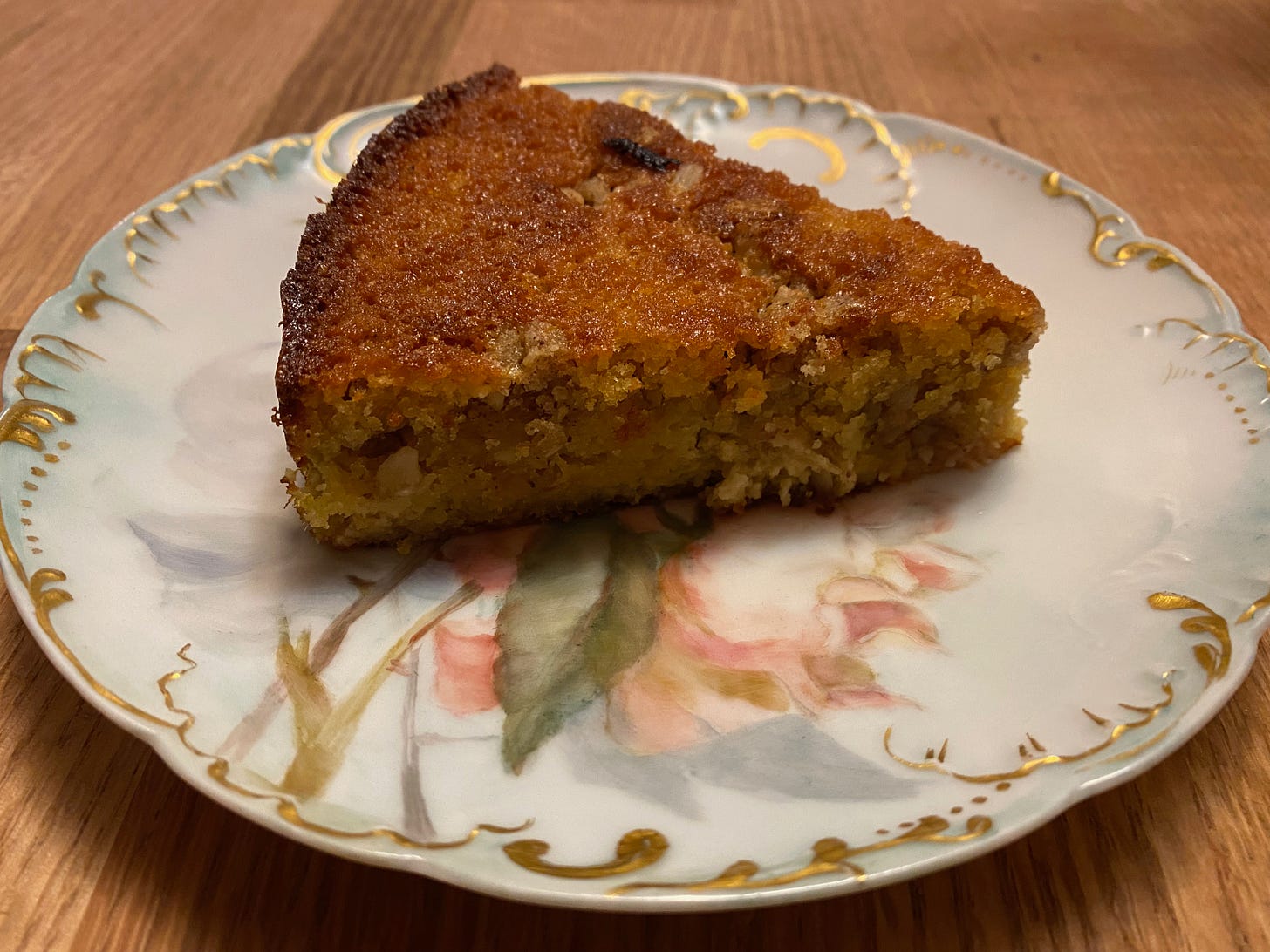
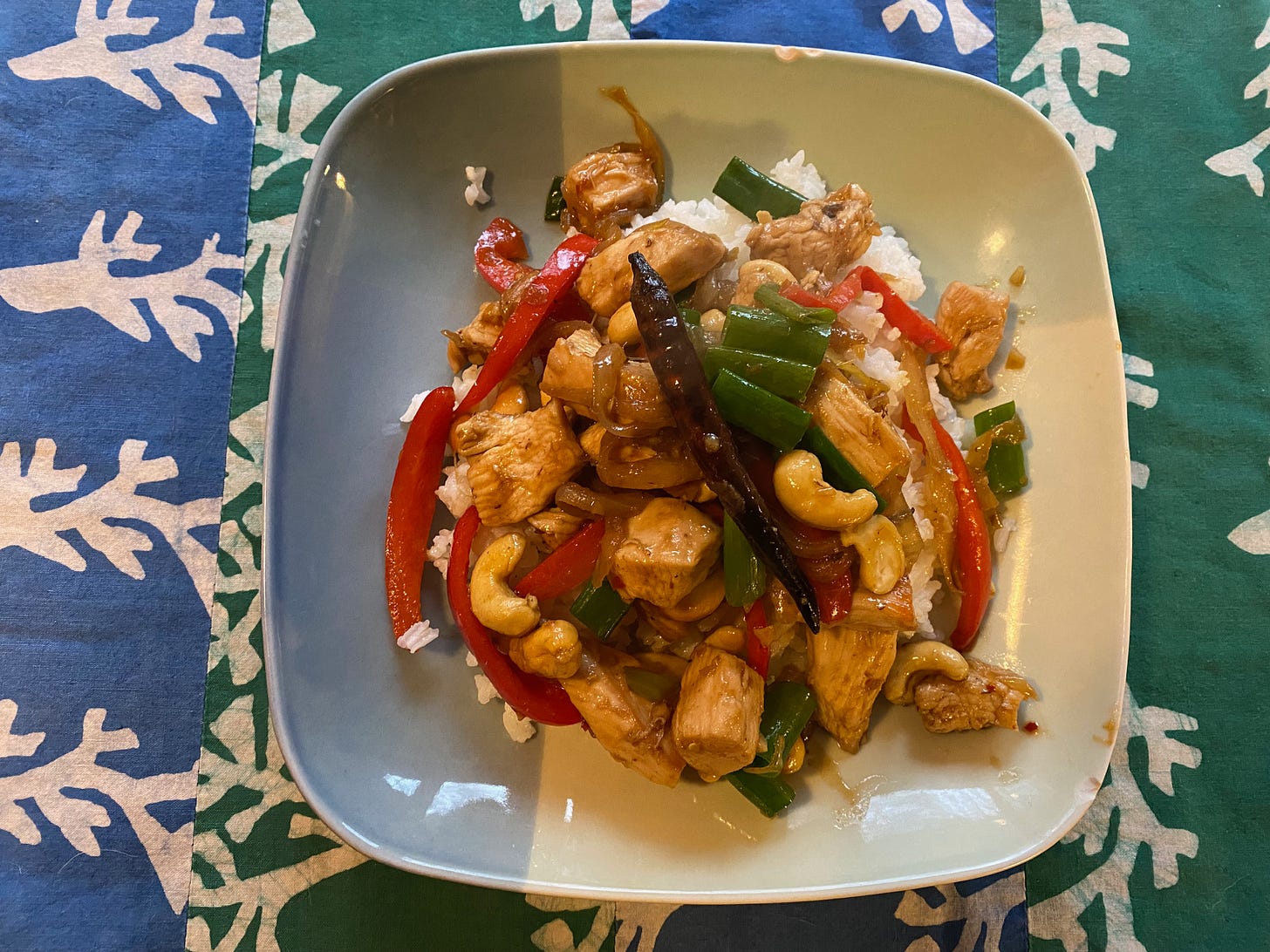
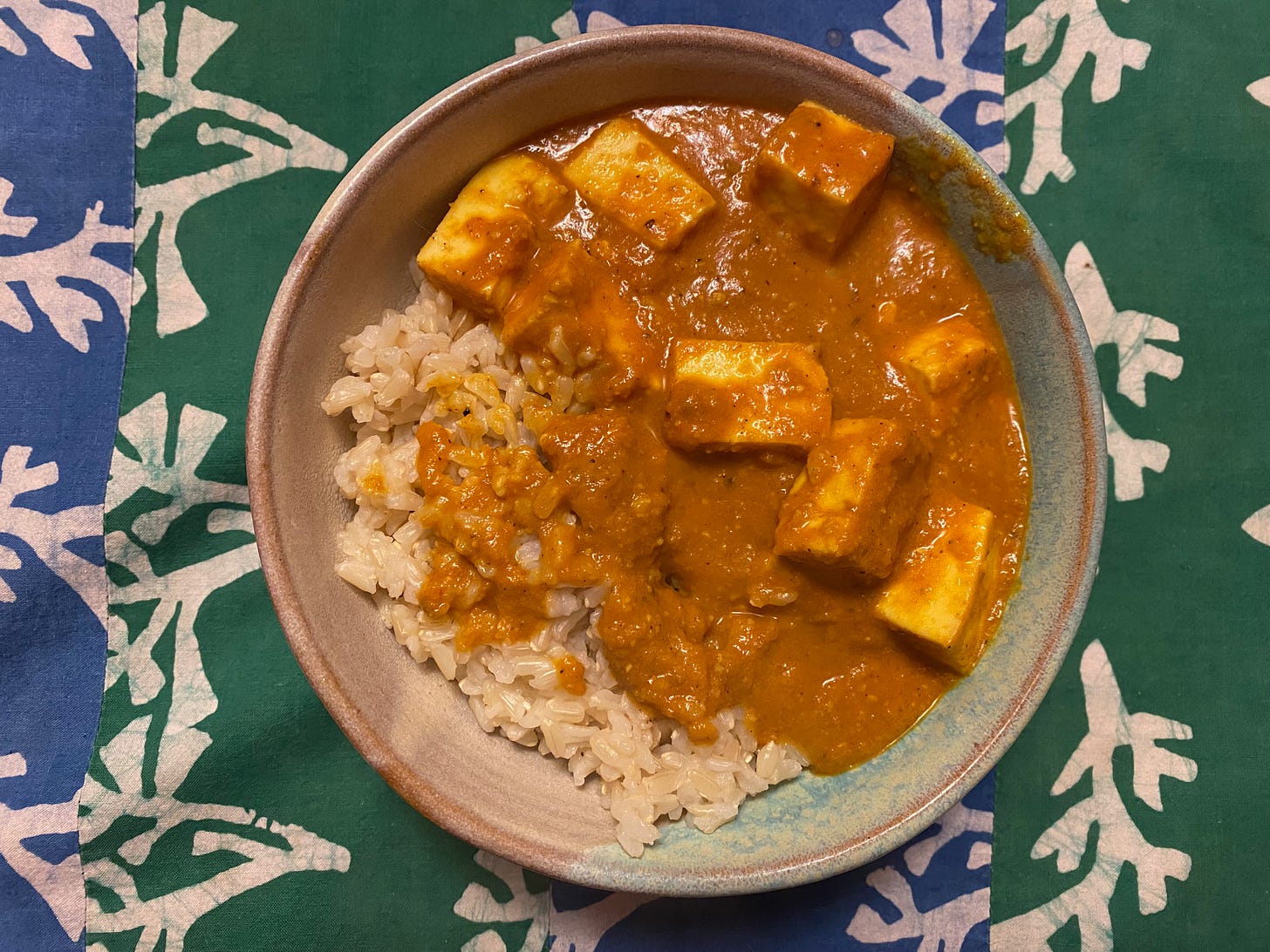
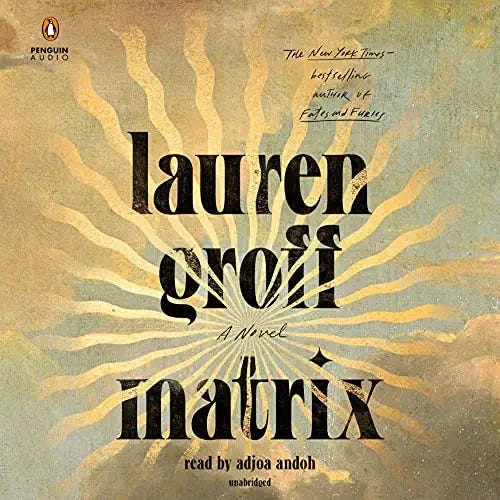
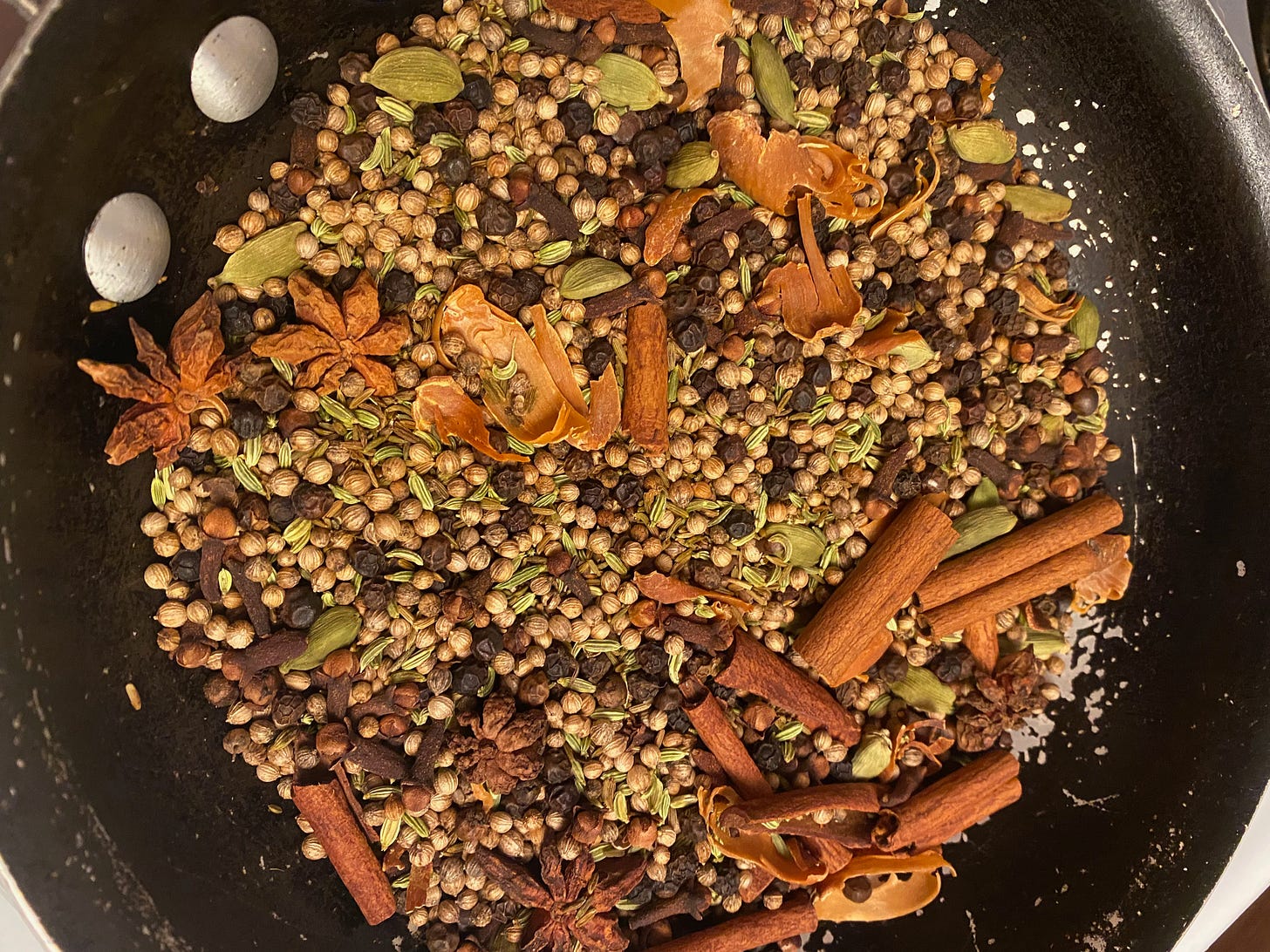
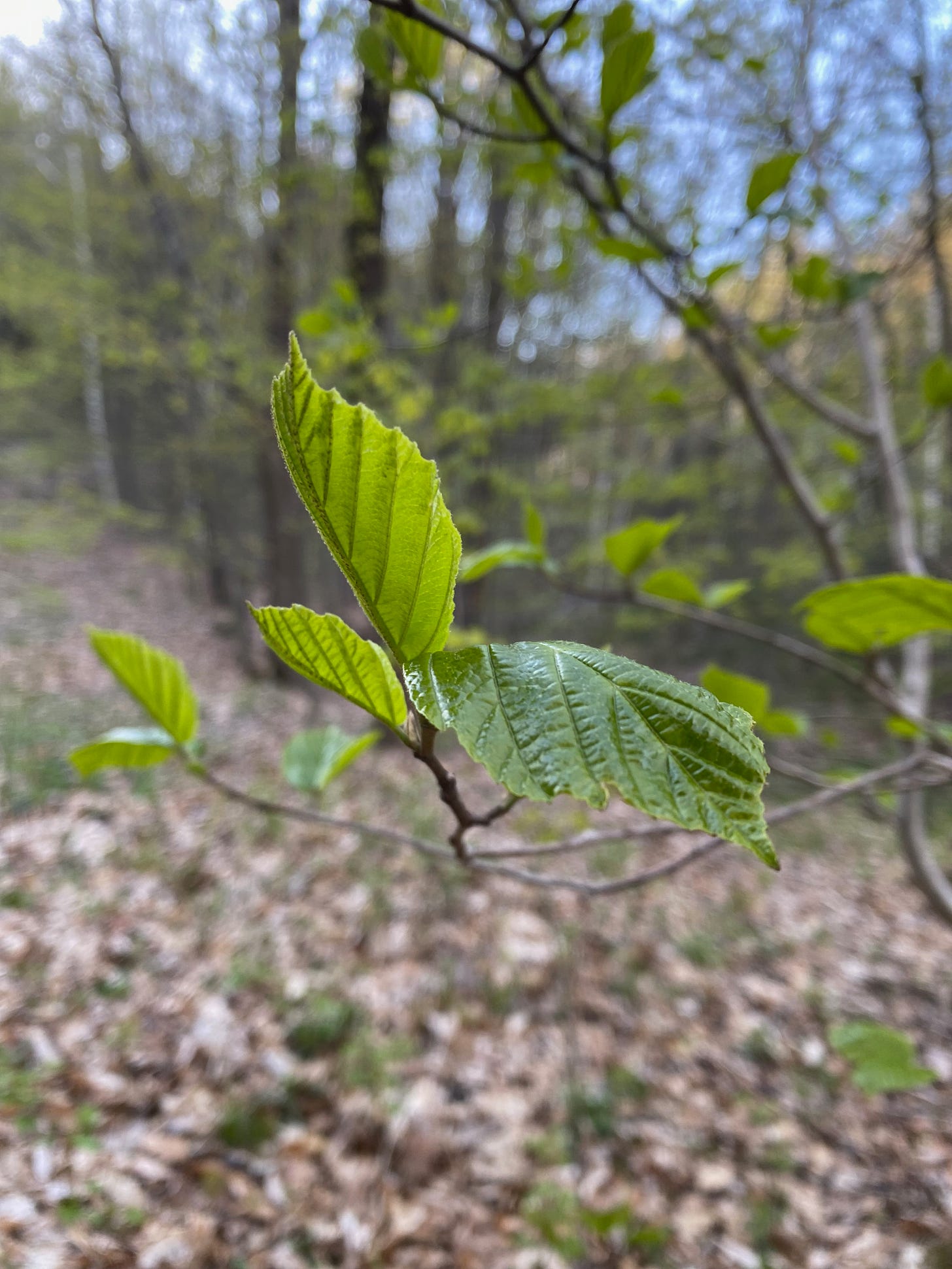
Oh, Matrix gets SO much better from there! (It was one of my best books last year -- I just loved it.)